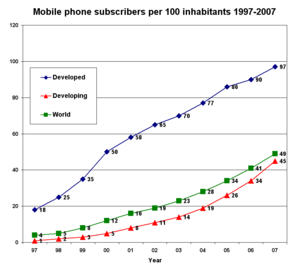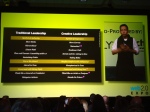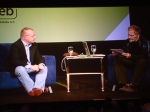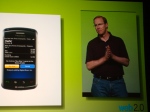Now that Google and Verizon have circumvented the FCC to develop their own policy, without the involvement of the public, what will this mean for net neutrality?
Following is Guardian writer Mehan Jayasuriya’s perspective:
This week’s traffic prioritisation agreement between Google and Verizon (another one of the largest providers in the US) serves as a prime example of what will happen in the absence of clear rules of the road for ISPs. Two large companies have negotiated in private and have reached an agreement on how internet traffic should be managed.
On the surface, this agreement doesn’t look too nefarious. Verizon has agreed to respect the end-to-end principle on its wired networks and Google has reiterated its commitment to net neutrality. However, the proposal specifically excludes wireless internet services. The agreement also proposes that so-called “managed services” on the wired network – essentially fast lanes carved out of the bandwidth currently used by the internet – be exempt from any rules that govern the web.
Finally, and perhaps most troubling, Google and Verizon have suggested that industry-led advisery groups write the rules for what’s left of the internet. In matters of consumer protection and nondiscrimination, the FCC’s actions would be subject to approval by the very companies that the agency is meant to oversee.
It’s clear why this proposal is attractive to Google and Verizon. With net neutrality out of the picture, Verizon would be free to extract additional fees from content providers and users in exchange for access to the fast lanes. Google is large enough that it could afford to pay these fees, thereby assuring speedy delivery of its content and a competitive advantage.


 The complexity of simplicity (Maeda)
The complexity of simplicity (Maeda) The need to continue to innovate and uphold productivity (Elop)
The need to continue to innovate and uphold productivity (Elop) Importance of developing technology beyond the Internet (Carges)
Importance of developing technology beyond the Internet (Carges)